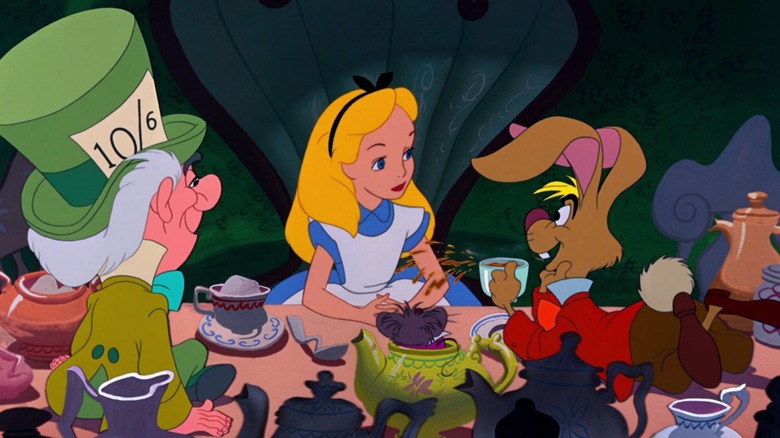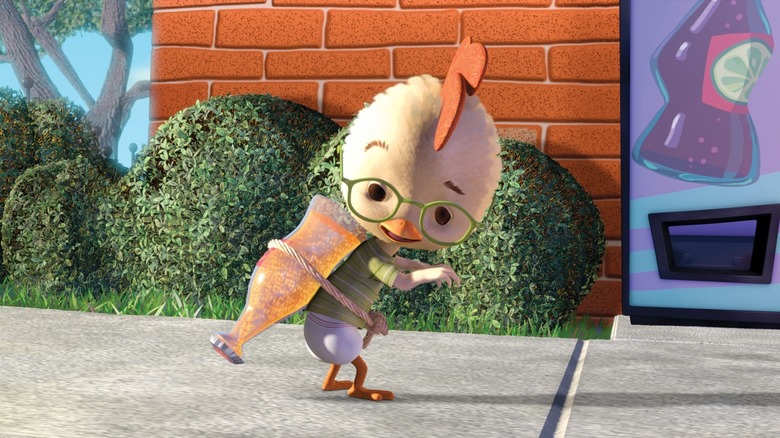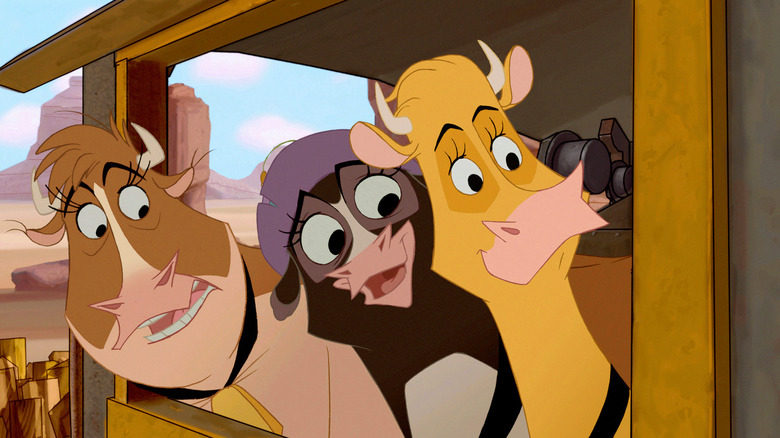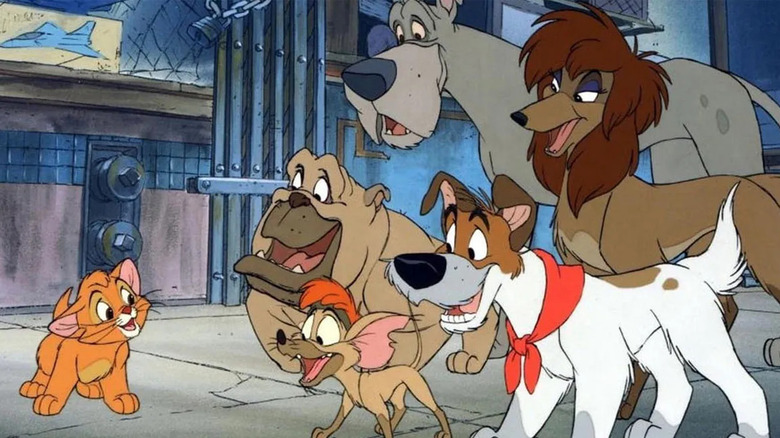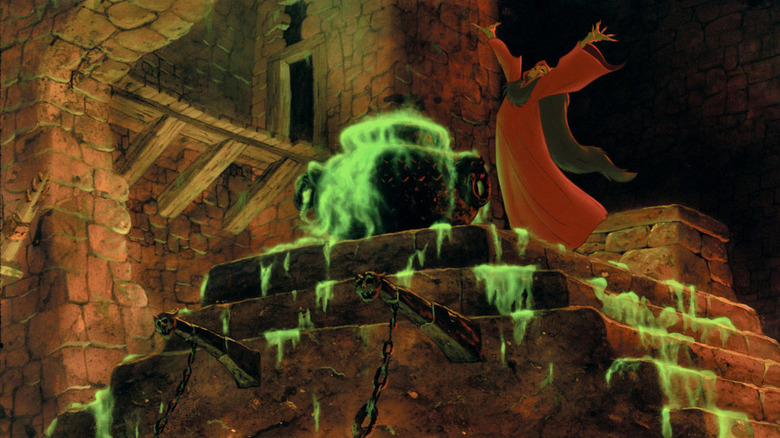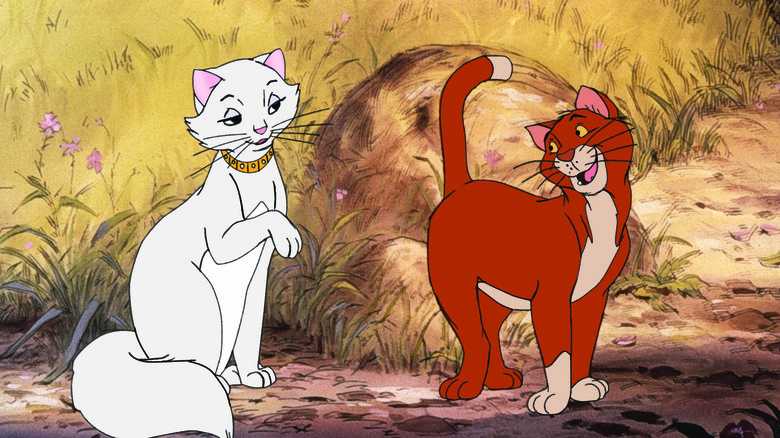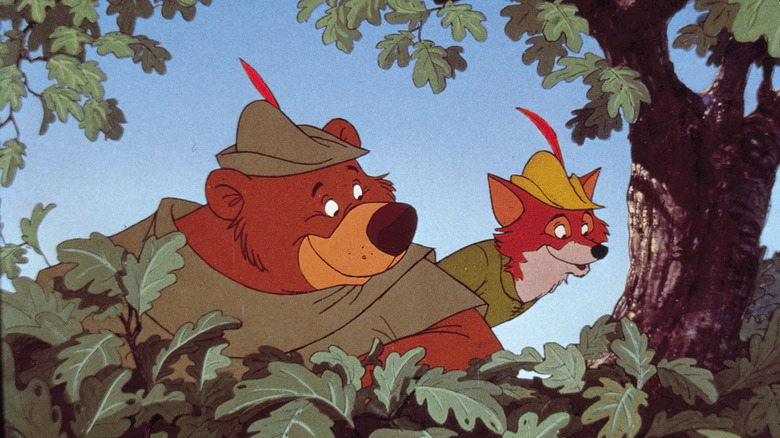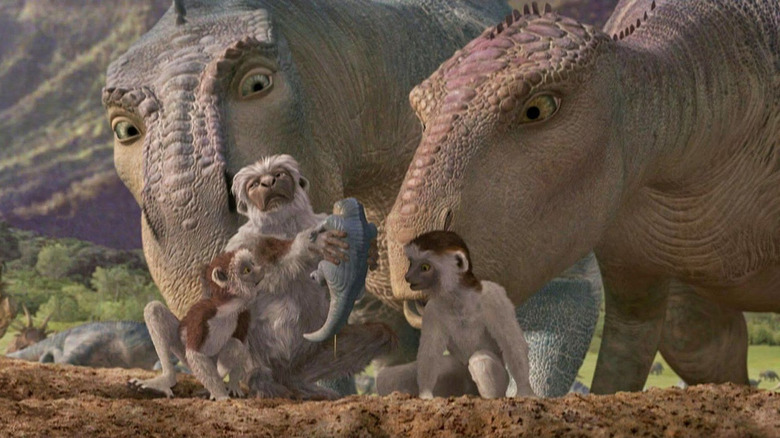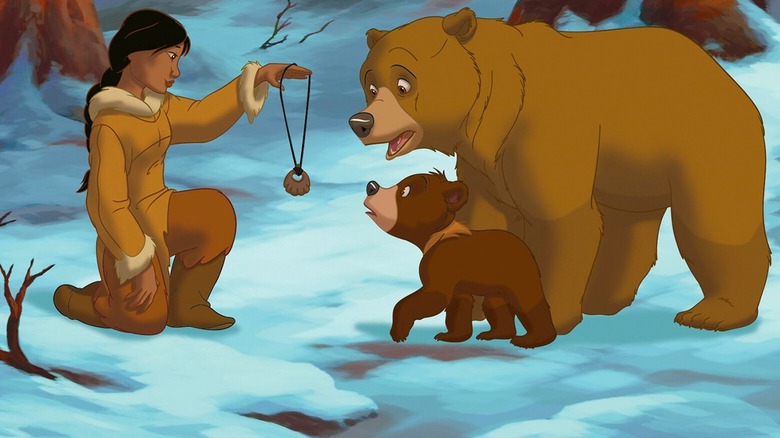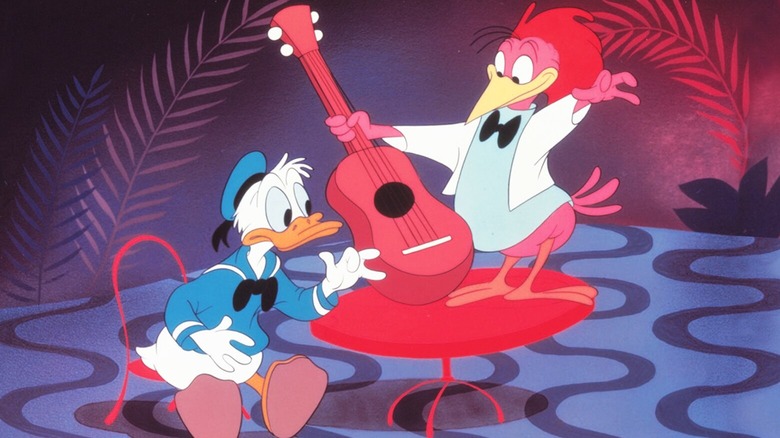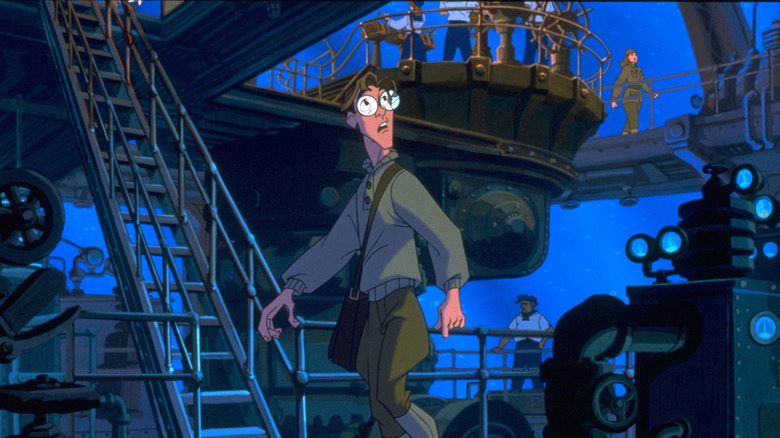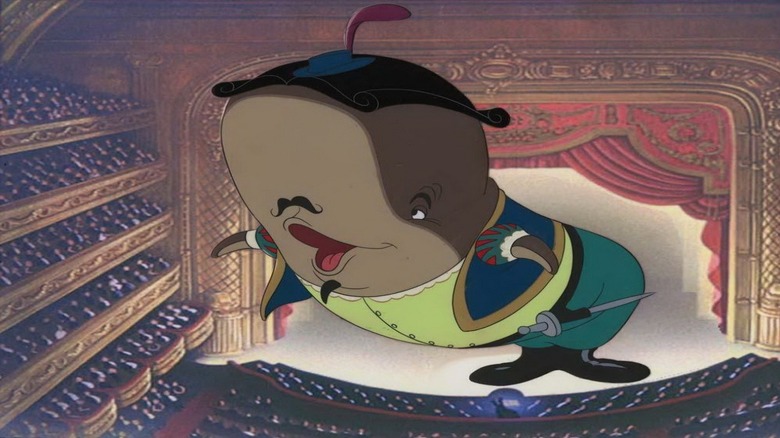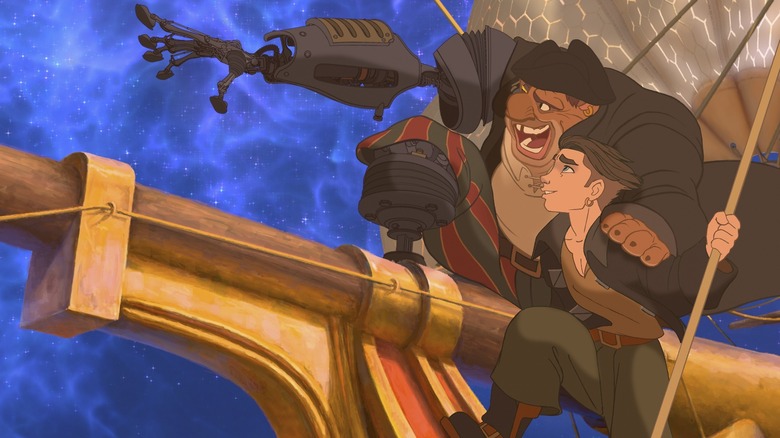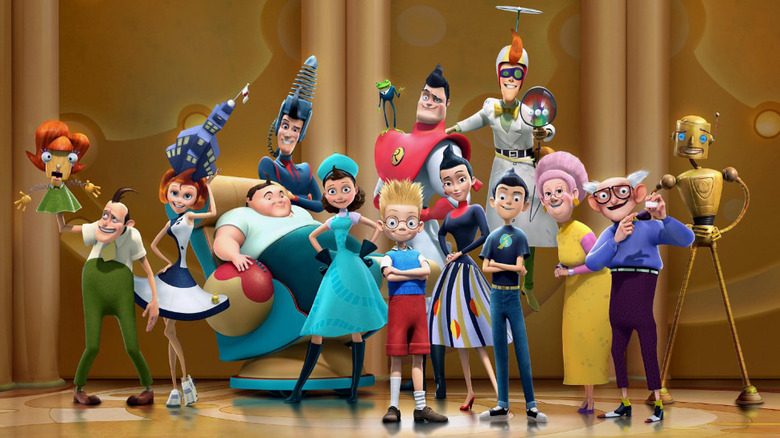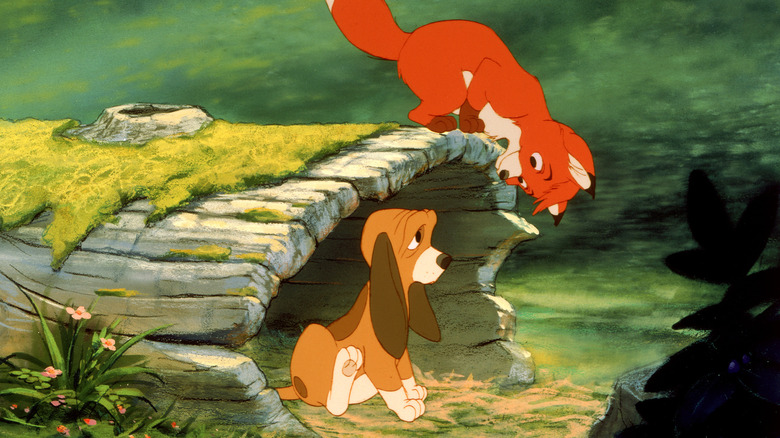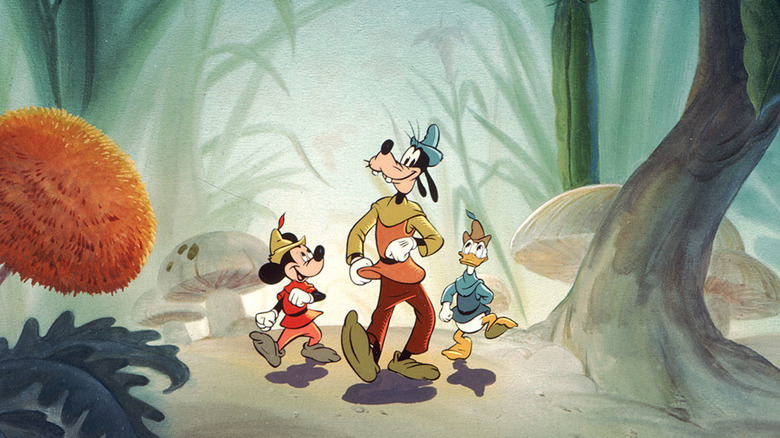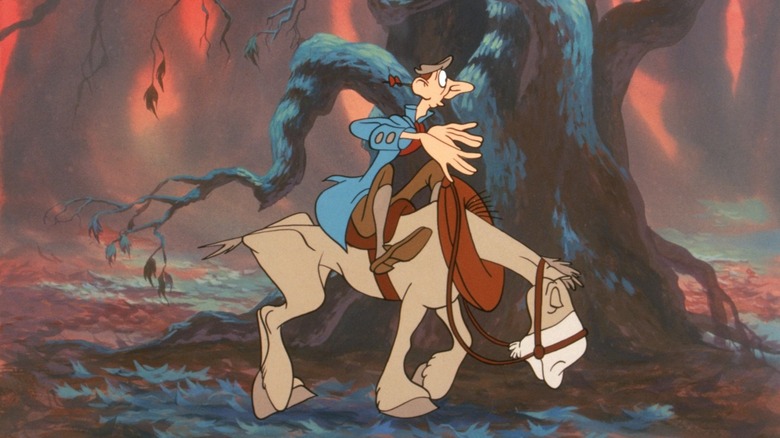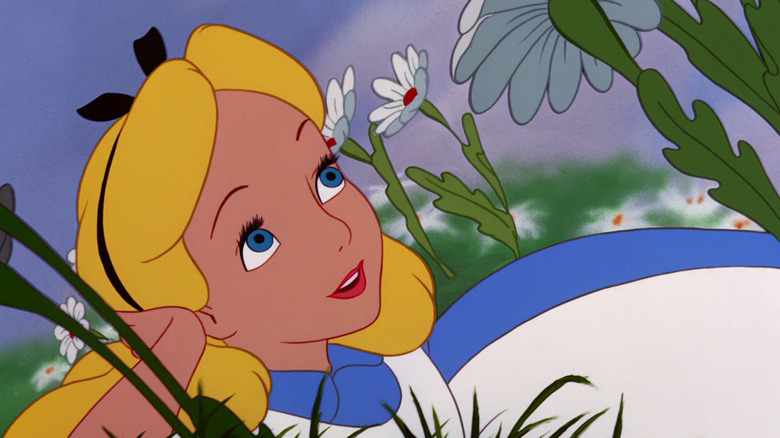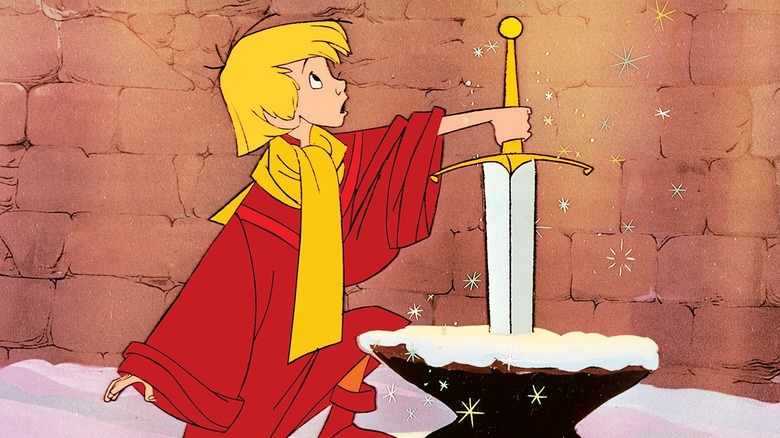All 58 Walt Disney Animation Studios Films Ranked From Worst To Best [Part One]
(Welcome to Walt Disney Animation Ranked, a three-part series where we're ranking all 58 feature-length animated films released by the Walt Disney Company. This is part one of three.)
What must it have been like to live in a time when feature-length animated films were perceived as folly? Growing up in the era of the Disney Renaissance means that feature animation was always just part of the family-movie landscape. But the Walt Disney Company, now one of the biggest behemoths in all of the corporate world, was once on death's door and hoping beyond hope that a hand-drawn animated film would make a profit. "Snow White and the Seven Dwarfs," once dubbed "Disney's Folly", became a massive worldwide hit, and so a new storytelling medium was born. With the arrival of "Frozen II," Walt Disney Animation Studios has released 58 animated features over 82 years. Consider this the definitive, legally binding (sorry, I don't make the rules, I just follow them) ranking of all of those 58 films.
58. Chicken Little (2005)
Computer animation is a tricky thing — what seems cutting edge yesterday might look decrepit tomorrow. That's just one reason why "Chicken Little" is such an unpleasant film to watch now. The first fully computer-animated film within the Walt Disney Animation Studios canon plainly looks hideous, because the technology enabling its design was apparently stuck in the late 1990s. This full-length adaptation of one of the most well-known children's fables has a lot of other problems, though, such as how its basic story of a nervous chicken mistakenly thinking the sky is falling turns into...a tale of facing off against extraterrestrials (because, you see, in this version, the sky literally is falling). If the film had looked better, it might not be quite so low on this list, but the mix of bad technology, lazy storytelling, and obnoxious cultural references more at home in DreamWorks' "Shrek" franchise makes this one of the few genuine clunkers in Disney's animation history.
57. Home on the Range (2004)
The first end of hand-drawn animation at Disney came pretty swiftly. In the summer of 2002, the studio had a solid hit in the quirky original "Lilo & Stitch," but by the spring of 2004, they'd released the baffling and annoying "Home on the Range," to both critical and audience displeasure. For over five years, there were no hand-drawn animated projects at the studio, in part because of the creative and financial failure of this story of a group of wily cows who go horn to head against a cattle rustler. The cast is, whatever else is true, unexpected: Dame Judi Dench, Roseanne Barr, Jennifer Tilly, Cuba Gooding, Jr., and Randy Quaid all play some of the main characters, making for a...uh...unique aural experience. But the homespun story is a head-scratcher more than anything else. Whatever compelled Disney to make this film isn't clear from the final result.
56. Oliver & Company (1988)
One of the peculiarities of the Walt Disney Animation Studios canon of features is that very few of them take place in the present day. There's a handful of exceptions, but their movies mostly exist in a version of the past, which helps ensure their timelessness. The flip side is a movie like "Oliver & Company," a very loose adaptation of Charles Dickens' "Oliver Twist" set in Manhattan in the 1980s. The animation quality is part of the problem — though a number of the early Disney Renaissance films had low budgets, this is the rare case where you can tell how cheap the production was, and not in a good way, even on Blu-ray or HD streaming. But the of-the-time quality of references and voice actors (Billy Joel at the tail end of his pop career, Bette Midler, and Dom DeLuise are some of the cast members) roots this squarely in the 1980s, making it a shakily animated relic to watch now.
55. The Black Cauldron (1985)
"Home on the Range" has nothing on "The Black Cauldron" in terms of how potentially disastrous it was for Disney Animation. Yes, the former film paused the hand-drawn animation unit for a few years. But "The Black Cauldron" nearly killed Disney feature animation entirely. Arriving in the summer of 1985, this single-film adaptation of the multi-title "Chronicles of Prydain" book series by Lloyd Alexander is one of the more notable flops in Disney history, bringing in less than half of its $44 million budget. At that time, it was the most expensive Disney animated film ever, even after new executives Michael Eisner and Jeffrey Katzenberg tried to right the ship, having been aghast at its quality and cost overruns. The film that was unceremoniously released in theaters is dimly animated, poorly developed, and generally as misbegotten as its reputation suggests.
54. The Aristocats (1970)
Walt Disney famously didn't like cats, and that distaste of felines translated into how they're represented in animated features. Think of the domesticated cats in Disney animation, cats like, you know, Lucifer in "Cinderella." (That is, a cat named after the Devil.) Or the Siamese cats in "Lady and the Tramp." They don't come off well, either as racial stereotypes or as characters. And the same is frankly true for the cats who got the feature spotlight, like the heroes in "The Aristocats." This 1970 animated feature attempted to make cats cool again, or to embrace them as having been cool to begin with. With Phil Harris voicing one of the lead felines, too much of "The Aristocats" feels like a retread of "The Jungle Book," down to a big musical number that echoes "I Wan'na Be Like You" from the earlier film. And the romance between a prim and proper cat and an alley cat from the wrong side of the tracks just recalls "Lady and the Tramp," but with a different domesticated animal. Everybody may want to be a cat, but the cats here are dreary and boring.
53. Robin Hood (1973)
This is the part of the list where I should emphasize the obvious: this is all subjective. I say that because depending on your age and your personal preferences, my placing "Robin Hood" this low on the ranking is borderline heretical. Some kids who grew up with this 1973 retelling of the legend of Robin Hood and his merry men, this time with all animals instead of humans, would grow up to place it very highly among the films of Disney Animation. Though this "Robin Hood" is not without its charms — Roger Miller's laconic music, for one — the animation style is aggressively familiar and bordering on lazy. (YouTubers have already made enough videos comparing the animation in the "Phony King of England" sequence to earlier Disney films, showcasing how the 1973 film traced over previous frames.) Despite the film's spot in many people's hearts, and the way it inspired a whole swath of the furry community (Google it, and don't blame me for what you find), this movie's laid-back style ends up being its worst enemy.
52. Dinosaur (2000)
For a brief time, the mostly computer-animated film "Dinosaur" wasn't even considered part of the overall Disney animation canon. The film was made by an outside studio acquired by Disney, but somewhere down the line, the House of Mouse changed its view on the 2000 film. Whatever the case, the making of this movie is vastly more fascinating than the movie itself. The only reason why this doesn't hold the title of the first fully computer-animated Disney movie is that many of the backgrounds in this adventure story are the real McCoy: live-action settings with computer-animated characters transposed in front of them. While "Dinosaur" is a less garish-looking film than "Chicken Little," its character design is fairly flat and when the various creatures talk, it's even flatter. As an experiment, "Dinosaur" is intriguing, but as an actual story, it's something of a flop.
51. Brother Bear (2003)
On paper, "Brother Bear" felt like the kind of late-stage Renaissance film that wouldn't be able to miss. It's another hand-drawn affair, and this one's targeted to the young male audience with a story of how a callow Eskimo youth (voiced by Joaquin Phoenix) learns humility and other valuable life lessons when he's transformed into a bear. Like the hit film "Tarzan," this featured music from British rocker Phil Collins. But despite the names associated with "Brother Bear," and its largely decent widescreen animation, the 2003 film had the misfortune of being a few years too late to the party, arriving after so many other Renaissance films that told similar stories. And, for whatever odd reason, the film was released on a Saturday — Halloween fell on a Friday that year, and the studio just had to open it that weekend — meaning its box office was pretty disastrous. Ticket sales aside, "Brother Bear" has an unavoidable seen-it-all-before stench that's impossible to shake.
50. Melody Time (1948)
The 1940s are mostly known, in Disney history, for the package films the studio released. These films, made in place of features that told just one story, existed in part because of budgetary concerns related to the studio being conscripted into making propaganda during the latter days of World War II. But the package films took up a good chunk of the latter half of the decade, resulting in titles like "Melody Time." This 1948 package isn't exactly bad, but it's also not terribly remarkable; unlike the other packages, its standout segments are few and far between, and it's memorable mostly as a historical curiosity. The film originated the "Pecos Bill" song familiar to any fans of the Golden Horseshoe show at Disneyland; otherwise, it's a mostly uninspired film that's best reserved for completists.
49. Atlantis: The Lost Empire (2001)
A decade after their directorial debut "Beauty and the Beast" led to Disney receiving its first Best Picture nomination for an animated film, Kirk Wise and Gary Trousdale told a much different story. "Atlantis: The Lost Empire" is a purportedly rousing adventure all about the mythic underwater city, with a voice cast including Michael J. Fox, James Garner, Leonard Nimoy, and more. While the idea is intriguing, the key word in the preceding sentence is "purportedly". The finished product, despite aiming to blend CG and hand-drawn animation more ambitiously than in previous efforts, is somewhat lifeless and is a case of Disney struggling to cater to a slightly older crowd than in its usual family-friendly fare. "Atlantis: The Lost Empire" was a costly failure; neither Wise nor Trousdale have directed another feature since, separately moving onto other short projects.
48. Make Mine Music (1946)
"Make Mine Music" is notable for at least one reason: it's been somewhat censored in its few home-media versions. (For now, at least, it's not even streaming on Disney+.) One of the shorts in the film is a play on the Western saga of the Hatfields and the McCoys, which means it depicts gunplay. And that, as you might imagine, is a no-no in the modern era of animation, which might explain why the film has never seen a Blu-ray or HD release before. Controversy aside, "Make Mine Music" is slightly better than "Melody Time" if only because it has more memorable segments, including "Casey at the Bat," "Peter and the Wolf," and a concluding segment about "The Whale Who Wanted to Sing at the Met." It's not a great film, but it hits more than it misses.
47. Treasure Planet (2002)
John Musker and Ron Clements had, by the turn of the 21st century, proven their worth as filmmakers and then some. They'd already directed "The Little Mermaid," "Aladdin," and "Hercules," the former two of which were massive successes and Oscar winners to boot. One reason why they'd agreed to make the 1997 film "Hercules" was that they were promised to finally pursue their passion project afterwards: a retelling of "Treasure Island" set in space. The result is "Treasure Planet," a film that unquestionably bears the mark of being a pet project of gifted directors. But while the passion driving the film is undeniable, the characterization and storytelling isn't quite up to par with Musker and Clements' previous films (or their latter efforts, "The Princess and the Frog" and "Moana"). The idea is intriguing, but the execution isn't.
46. Meet the Robinsons (2007)
The mid-2000s were a rough period for Disney Animation. At one point, Disney and Pixar's relationship had been severed, to the point where CEO Michael Eisner threatened to make sequels to films like "Toy Story" without Pixar's involvement. Eventually, things smoothed out — Eisner left and was replaced by Robert Iger, who wisely knew that Pixar was key to the company's future. When Disney bought Pixar soon after, honcho John Lasseter was given the chance to oversee Disney Animation as well. His influence began, if only marginally, with "Meet the Robinsons," a well-meaning but overly manic film about a science-minded boy who travels to the future and gets into all kinds of wacky hijinks. Unfortunately, those hijinks are more obnoxious than charming, the humor almost always falling flat. The film's tone is very earnest, ending with a quote from Walt Disney himself about his philosophy of life, but that message doesn't translate into a remotely entertaining story.
45. The Fox and the Hound (1981)
Talking about dark periods in Disney history, there's also the time leading up to the release of "The Fox and the Hound." In 1979, animator Don Bluth led a couple handfuls of his cohorts to walk out of Disney to create a rival studio. His main complaint was that the generational divide between older and younger animators was too great, with older animators winning out over newer, fresher creative voices. The push and pull between old and new is represented in the film in production when Bluth left the studio. "The Fox and the Hound" is about two mismatched friends, a hound dog and a friendly fox who lives nearby. They're, of course, bound to be on opposing sides of the hunt, but as youths, they're thick as thieves. The wistful nature of the friendship doesn't jibe with the film's sometimes-intense violence, as in a climactic battle with a vicious bear. And it's nothing short of inexplicable to consider that the adult characters are voiced by Mickey Rooney and Kurt Russell. (The original odd couple!) Maybe in a different, younger era, "The Fox and the Hound" could've stood out more than the messy story that was presented instead.
44. Fun and Fancy Free (1947)
At some point, it became clear that the best of the package films that Disney produced in the 1940s would need to be hyper-focused on only a couple of stories. Such was the case with the 1947 Disney film "Fun and Fancy Free," which is a package with only two stories. The latter of the two is the standout, an adaptation of "Jack and the Beanstalk" featuring Mickey Mouse, Donald Duck, and Goofy. This sequence is notable enough because it's the last time Walt Disney ever voiced Mickey Mouse (in case you weren't aware that he voiced the character for a long time). But the earlier sequence, "Bongo," is fairly silly and a trifle compared to the other half. Also, the framing device, featuring ventriloquist Edgar Bergen and Jiminy Cricket, is too cute by half and a largely unnecessary way to pad out the already-short running time.
43. The Adventures of Ichabod and Mr. Toad (1949)
The 1940s-era package films from the Walt Disney Company existed in no small part to help keep the lights on in the studio as they recuperated from the financial blow of working almost exclusively on World War II-era propaganda for the U.S. military. The package films have a varying impact — a couple of the films (which we haven't mentioned yet) have die-hard fans, while others are easily forgotten. For a certain subset of theme park fan, though, "The Adventures of Ichabod" and "Mr. Toad" is unforgettable because it led to one of the most beloved dark rides, Mr. Toad's Wild Ride, inspired by the first half of this film, an adaptation of "The Wind and the Willows." The other half is an agreeably spooky take on "The Legend of Sleepy Hollow," climaxing with a scary encounter with the Headless Horseman. This film has its charms, but they're mostly surface-deep.
42. Alice in Wonderland (1951)
Lewis Carroll's daffy fable about a young girl who descends through a rabbit hole into the manic, inexplicable world of Wonderland has been a boon for Disney, both in animation and garish live-action. The 1951 animated film isn't great, but compared to the 2010 film of the same name directed by Tim Burton, it's "Citizen Kane." While this is technically one overall story, it feels very indebted to the package era, despite arriving a year after "Cinderella." Alice goes from place to place within Wonderland, encountering everyone from the perpetually late White Rabbit to Tweedledee and Tweedledum to the Cheshire Cat in a maddeningly episodic structure. Though "Alice in Wonderland" feels like a loopy throwback to some of the more hallucinatory moments of early Disney films, it's often as slight as the package films preceding it.
41. The Sword in the Stone (1963)
In Western literature, few stories are as ever-present as that of Arthur, the boy who would become the King of England. So it's natural that Disney took the story and gussied it up for feature-length with the 1963 adventure "The Sword in the Stone." This version keeps Arthur as a youth not-affectionately known as Wart throughout. Wart's relationship with the kooky wizard Merlin makes up the backbone of the story, with animation that's both appropriate to the time being depicted and visually a little too dull even for its own good. "The Sword in the Stone" didn't mark the beginning of an era of blandly animated films for Disney, but feels now like an odd curiosity (down to the random meta references to the 20th century in the finale) in spite of being inspired by one of the most memorable hero's quests ever put to paper.
